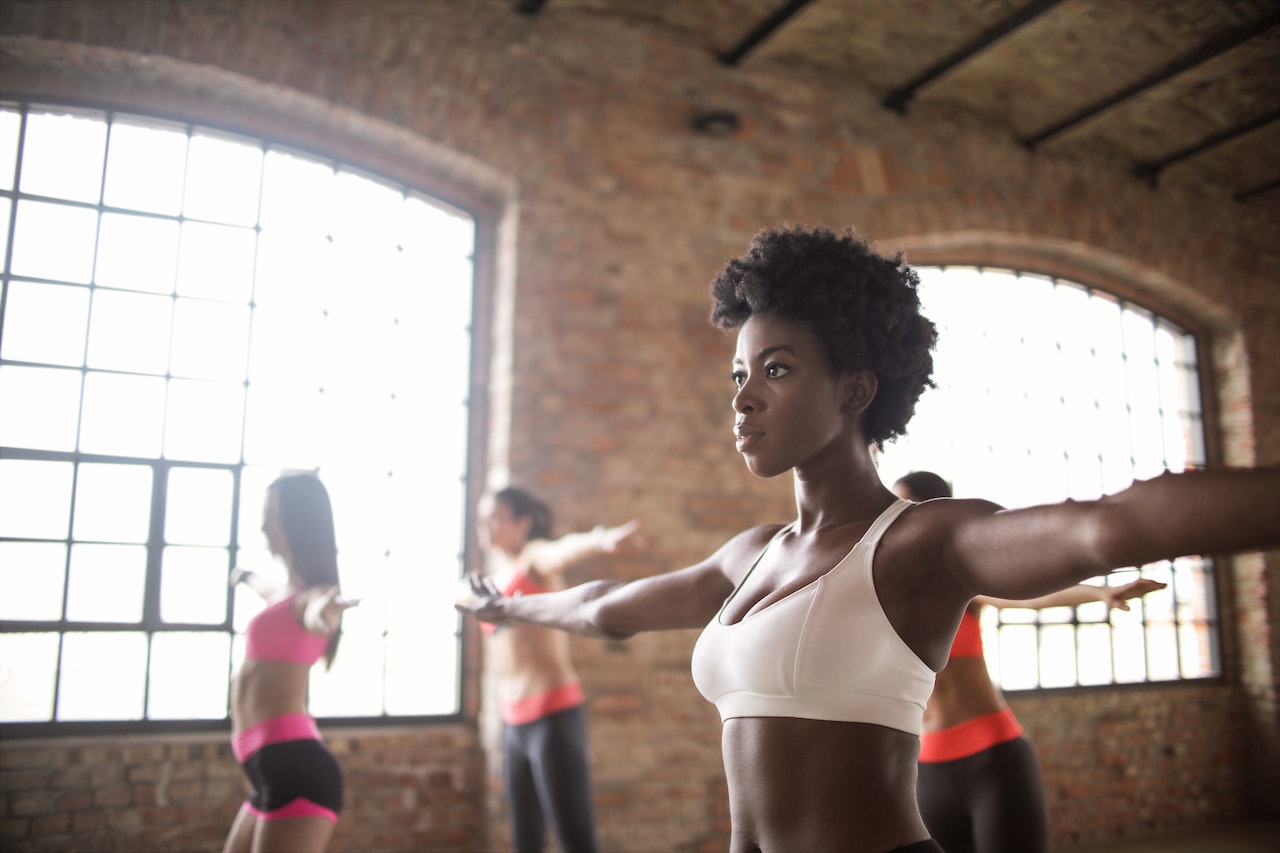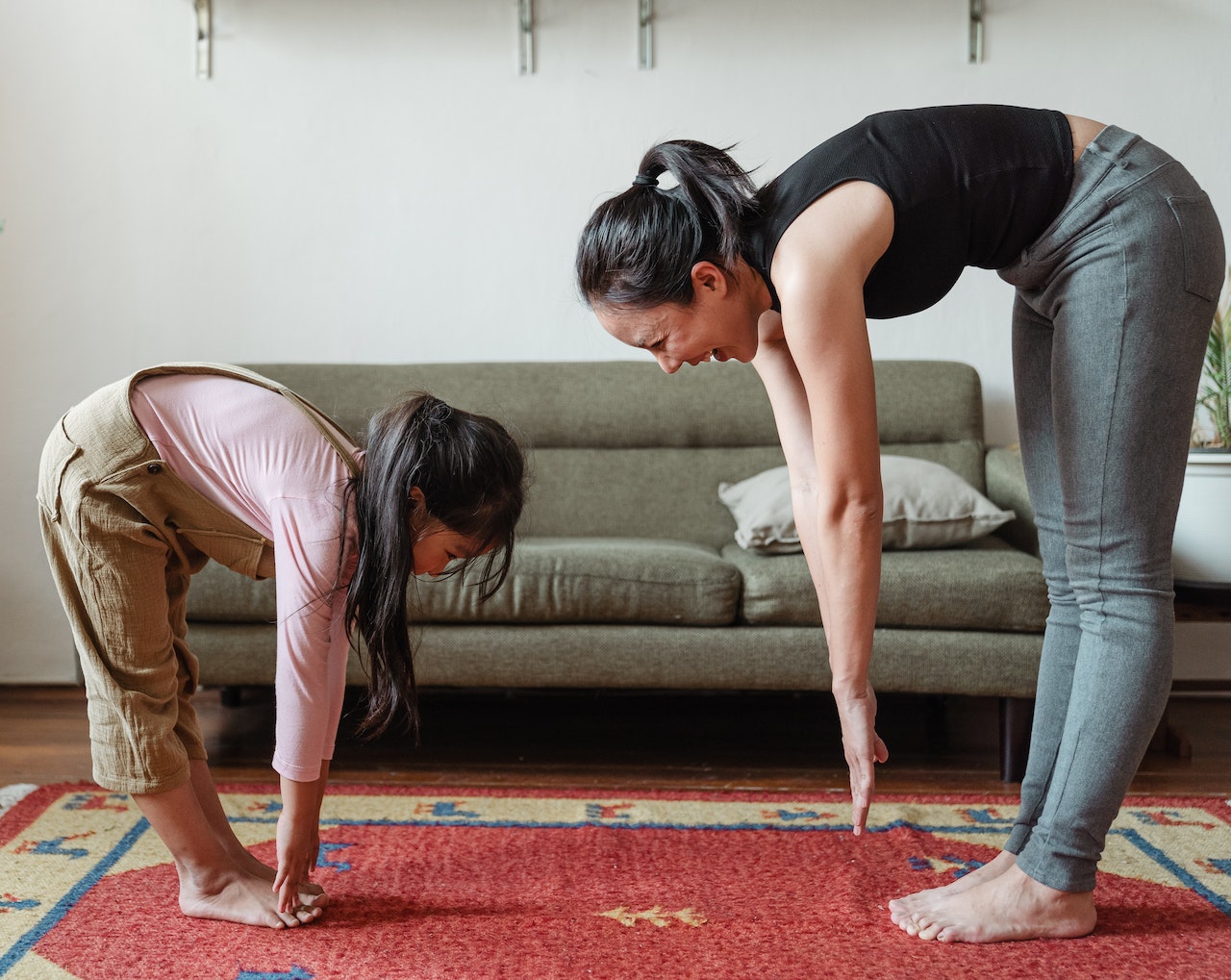Understanding Fitness Influencers and the Body Positive Movement
The world of fitness and body image has undergone a significant transformation in recent years, thanks in part to the rise of fitness influencers and the body positive movement. These two seemingly opposing concepts have gained immense popularity, especially on social media, and have sparked debates and discussions about the impact they have on individuals, society, and the perception of health and body image. In this article, we will explore the key differences between fitness influencer vs body positive movement, their motivations, messages, and potential effects on people’s perception of their bodies.
Understanding Fitness Influencers: Motivations and Impact
Fitness influencers are individuals who have gained a large following on social media platforms, such as Instagram and YouTube, by sharing their fitness routines, diet plans, and body transformation stories. They often have a perfectly toned and sculpted body and promote fitness as a means to achieve similar results. Fitness influencers typically share images and videos of their workouts, progress photos, and often endorse fitness products or services. They often set high standards for physical appearance, with an emphasis on a lean, muscular, and toned body, and may portray a certain lifestyle associated with fitness, such as wearing trendy workout gear, consuming specific supplements, or engaging in activities like hiking, yoga, or weightlifting.
Embracing Body Positivity: Influencers and their Impact on Body Image
On the other hand, the body positive movement emerged as a response to the unrealistic beauty standards perpetuated by the media and the fashion industry. The movement aims to promote acceptance and appreciation of all body types, regardless of shape, size, or appearance. Body positive influencers encourage individuals to embrace and love their bodies as they are, without feeling the need to conform to societal beauty standards or pursue unattainable ideals of thinness or muscularity. Body positive influencers often share images and messages that celebrate body diversity, promote self-care, self-acceptance, and encourage individuals to develop a healthy relationship with their bodies and focus on overall well-being rather than physical appearance.
Contrasting Perspectives: Fitness Influencer vs. Body Positive Movement
One of the key differences between fitness influencers and the body positive movement is their focus on physical appearance versus self-acceptance. Fitness influencers often prioritize achieving a certain body aesthetic through intense workouts, strict diets, and promoting fitness products, while the body positive movement emphasizes accepting and embracing one’s body as it is, regardless of its shape, size, or appearance. Fitness influencers may promote specific body ideals and perpetuate the notion that a particular body type is desirable or aspirational, which can contribute to body dissatisfaction and low self-esteem in individuals who do not fit those ideals. On the other hand, the body positive movement promotes inclusivity and diversity in body types, encouraging individuals to develop a positive relationship with their bodies and focus on self-love and acceptance, regardless of societal beauty standards.

Diverse Motivations: Fitness Influencers vs. Body Positive Movement
Another important difference between fitness influencers and the body positive movement is their motivations and underlying messages. Fitness influencers often have commercial interests and may partner with fitness brands or promote products in exchange for financial gain. They may focus on selling workout plans, fitness equipment, or supplements, and often highlight their physical appearance and transformation stories to gain followers and endorsement deals. In contrast, the body positive movement is primarily driven by social activism and aims to challenge and change the societal norms and beauty standards that perpetuate body shaming and discrimination. Body positive influencers may share personal stories of their own struggles with body image, promote body diversity, and advocate for self-acceptance, inclusivity, and respect for all body types, regardless of appearance.
Impact of Fitness Influencers and the Body Positive Movement
The impact of fitness influencers and the body positive movement on individuals and society can also differ significantly. Fitness influencers may inspire and motivate individuals to pursue a healthy lifestyle, engage in regular exercise, and adopt a balanced diet. They may also provide valuable fitness tips and education about nutrition and exercise. However, the relentless focus on physical appearance and the pursuit of a particular body ideal promoted by fitness influencers can also contribute to body dissatisfaction, negative body image, and the development of unhealthy

Unlock your online potential with the 5-day Boost Your Followers Challenge. Learn proven strategies to master social media and online influence in just 5 days!

